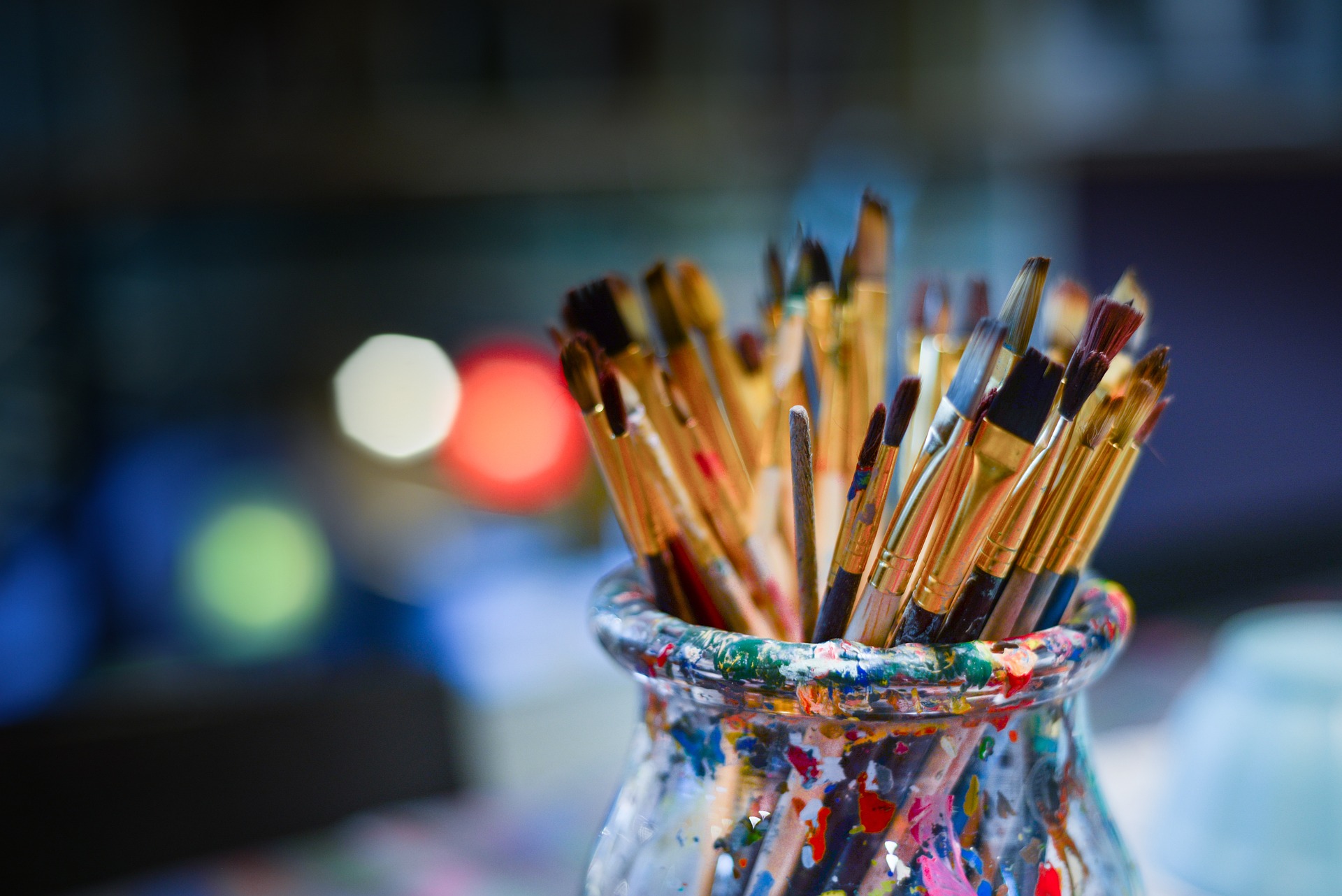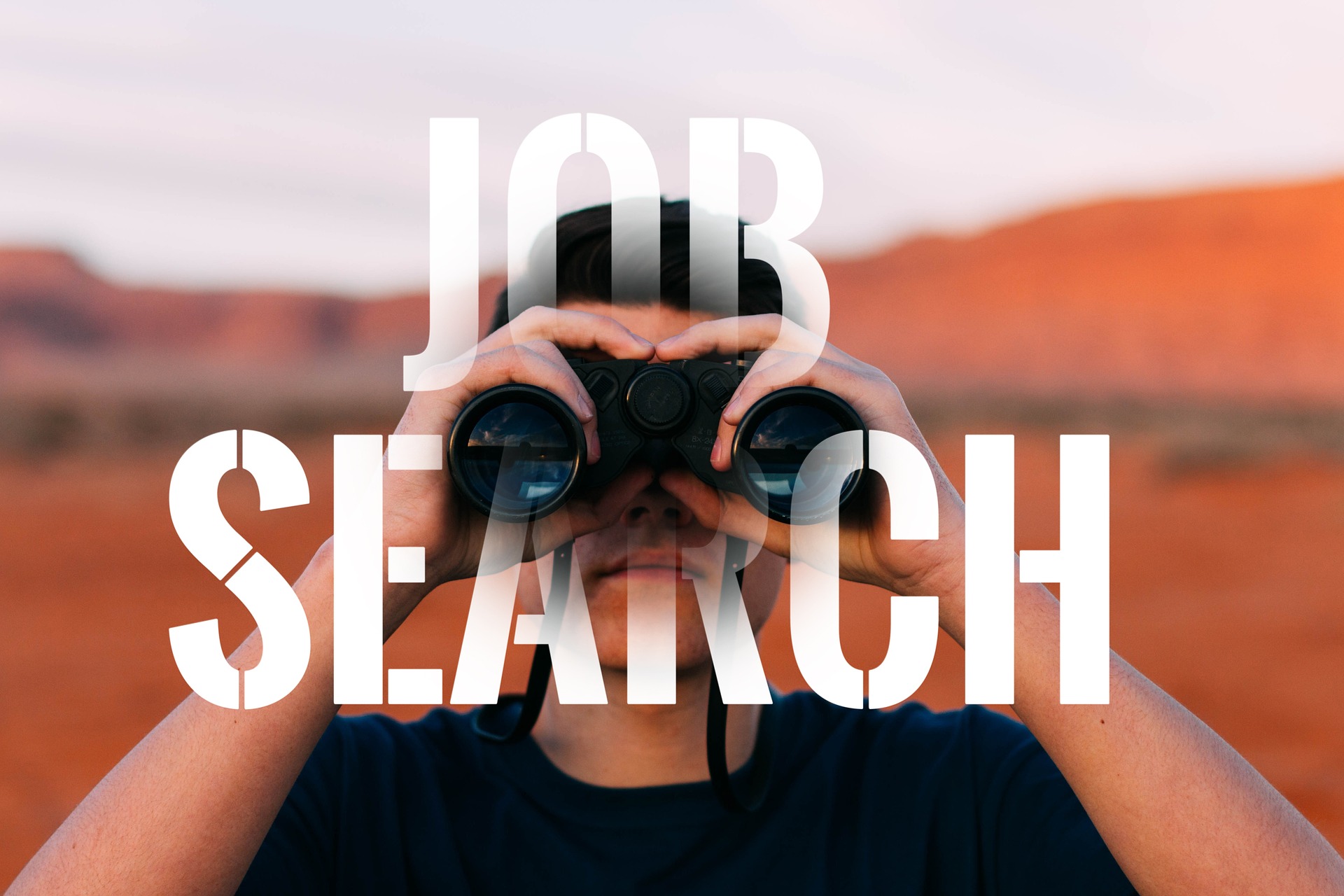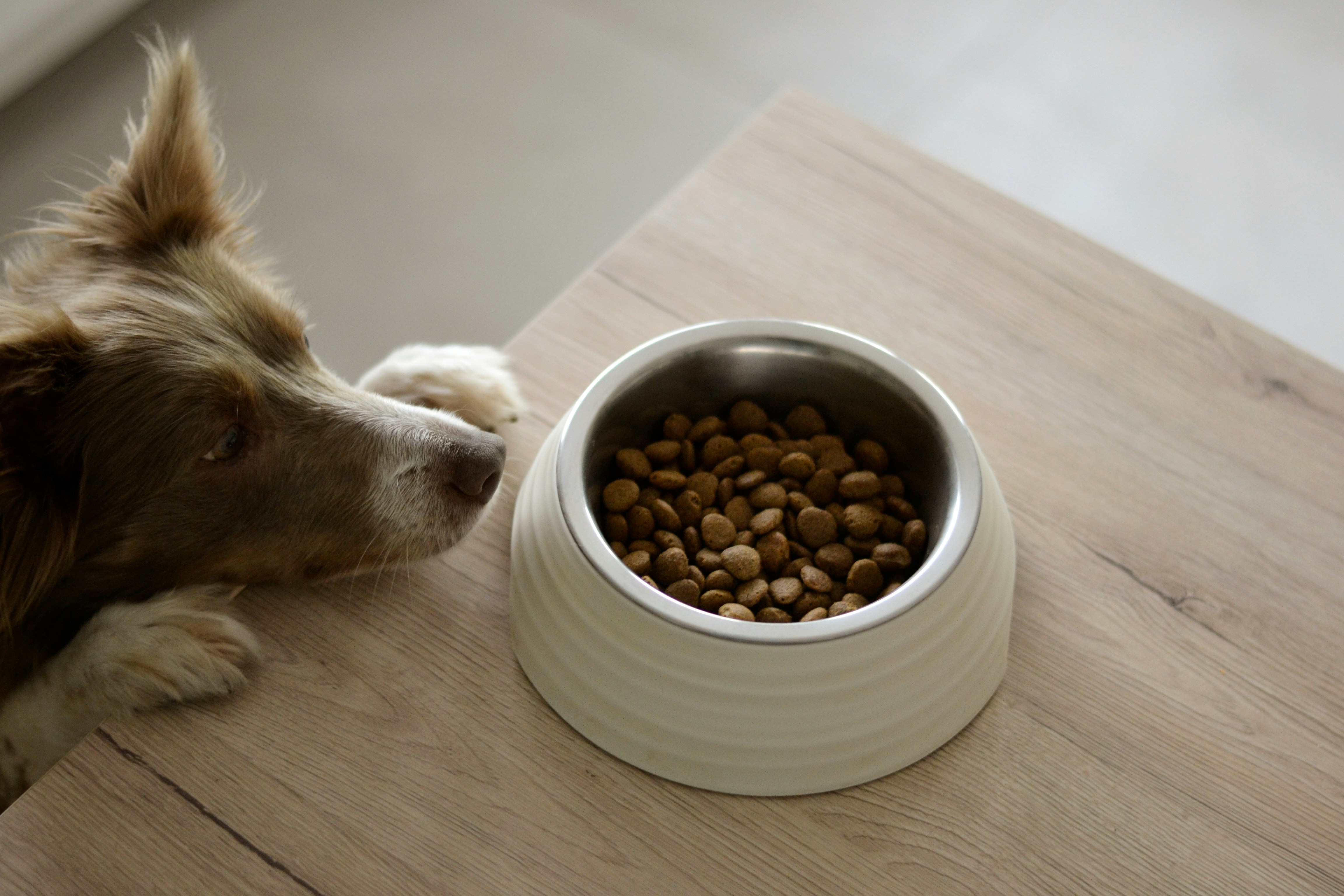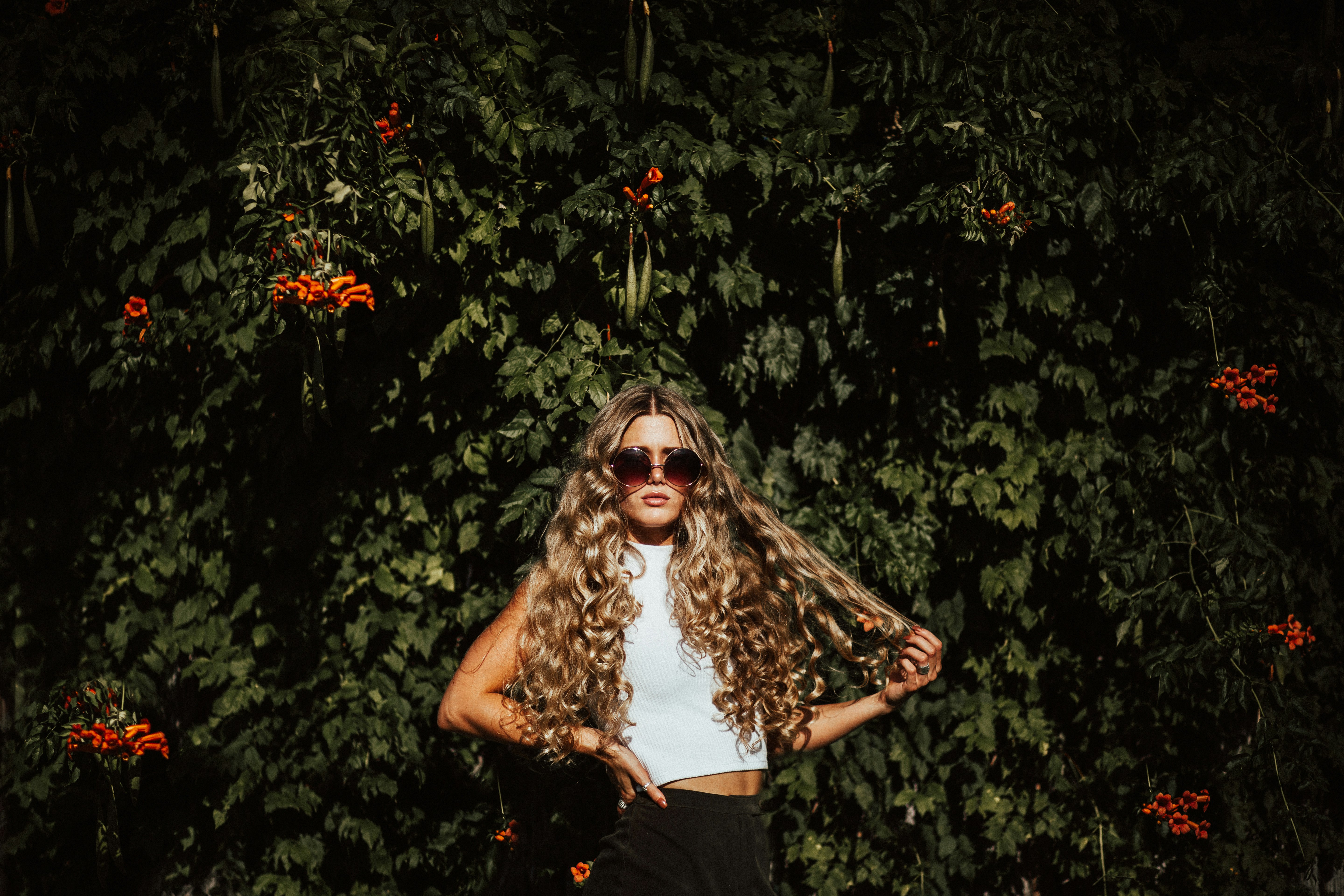Once Used Tools: Pivoting Pixel to Brush in Digital-to-Traditional Artistry
Unearthing a fascinating trend in modern art, this article dives into the radiant world where digital artists initiate a riveting pivot, backpedaling into the terrain of good old traditional craftsmanship.

At the Root: Historical Context
Long gone are unquestioning days where the chasm between traditional and digital art loomed loud and large. Early resistance to digital artist tools vanished as software developed, becoming ever-intuitive and sullying sketchbooks and grids. The paradigm experienced a palpable swift, the digital wave turning haute creativity into within-reach capability. Yet, currents are shifting—not exactly off shore but seemingly upstream—with digital artists boarding the boat to traditional methods, seeking a raw experience the digital domain can’t mirror.
The Mirage-Unveiler: Defining The Trend
Tied to the sheer power of creative impulse, more artists attune to an electronic start, eventually uncovering a magnetic pull to traditional techniques. Top-grade graphic tablets sprawl untouched as oil paints and acrylic dab tools regain momentum. Opting out of backlit screens, these artists perceive easels burgeoning with tantalizing potential. Scenic pleasures of a brush-tip trace against canvas to-buffer- photoshopped error; pencils still tickling frolic in exerting pendulous rhythm against rough papers as waste-bins brim with uneven cutouts instead of files sheepishly hidden in a recycle bin folder.
Modern Chronicles: The Status Quo Happy Dance
Cue in present-time, this rapid swing of aesthetic pendulum now bears shimmering fruit as seasoned and nascent creators alike journey into revered traditional realm. Gary Frost, Clubhouse’s prevalent artist turning heads with impromptu dance imageries inked from fingertips acknowledging, “Moving from Adobe to Agile Wash has been a classic homage to genuine artistic empowerment.” Application of tactile substances revolving around smell or ‘feel’, hierarchical layering, experimenting with translucency are chosen players of this game-changer reverberation.
The Domino Impact
This surging inclination casts wondrous ripples across arts & entertainment industry cosmos. An ADA-certified survey proposing artists abandoning the binary again signifies an opportunity for rebirth of traditional craft sanctity. Enrolment figures for conventional paint-based classes have skyrocketed; brands harness this euphoric curve, ensuring their ranges turn artist-suited. It’s an industry abuzz with balsamic nostalgia disguised as an ultra-modern redux.
Inferrable Connections: Why The Sudden Ripple?
Answering to ‘why this switch?’ brings propositions swathed in drafting influences and RFIDs employee tagging for problem training but also bathed in sentiment. As modern advancements urge technological embrace, virtual-enabled artists parallely pine for tangible intricacies. It seems desire for harnessing vintage-styled authenticity, pushing artistic boundaries explodes in encouragement of sensorial pursuits.
Boiled down, this matchless blend of old-school procedural fascination weaved with pixel-perfect precision spells renewed enthusiasm for yonder echelons of classic craftsmanship. Consequently carving a space where vigorous attention pivots towards embracing invincible palette knives and pencils eschewing ‘one-shot-undo’ feature, granting more narrative richness to an art piece. Interestingly, this coda echoes aloud willing credence to where digital media begun—Honoring the Once Used Tool—held warm in the pooling recesses of much-revered yesteryear masons. Photorealism is less enticing compared to adventures in color spreading—a fitting fulcrum in the vortex of art’s ever-evolving narrative.




